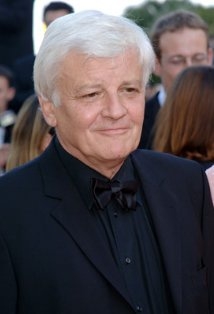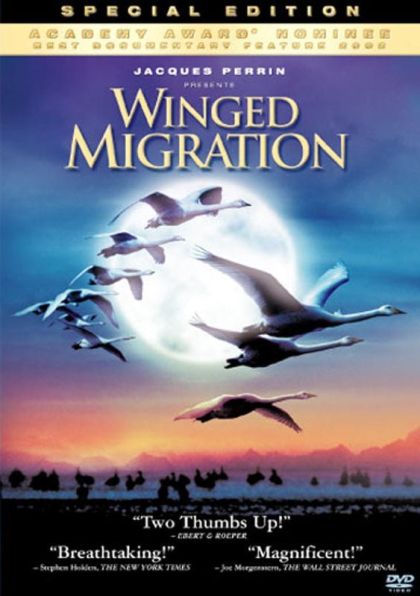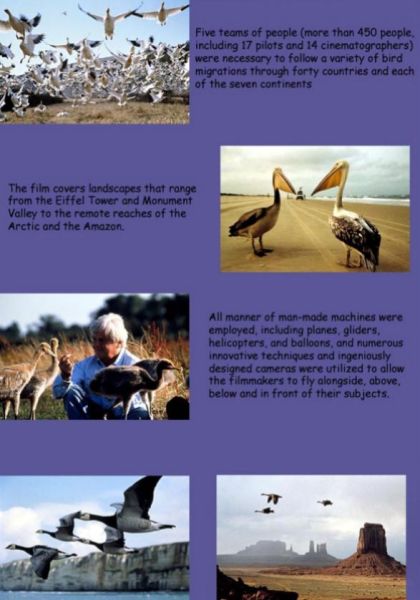This documentary follows several species of migratory birds over a four year filming period. These birds travel several hundreds if not thousands of miles toward the equator in the autumn, and make the return journey to their higher latitude summer homes in the spring, always taking the same route, using the natural compasses of the universe, the stars, to find their way. Some species, like the arctic tern, even fly from pole to pole. These long and often torturous treks are a matter of survival, to live in a hospitable climate and find sources of food. With the exception of migratory penguins, travel over oceans is especially difficult as the birds have little refuge unless there is something floating on the water, such as a ship, on which to land. Otherwise they must continue flying until they reach land. Some will not survive the migration due to predators, including man, illness or injury. Although the migrations themselves are done as a community, once the birds reach their respective summer and winter homes, they disperse into family units. And every continent is affected by the migration as every continent is home, at least part of year, to a species of migratory bird.
—Huggo
The cameras of Jacques Perrin fly with migratory birds: geese, storks, cranes. The film begins with spring in France and the migration to the Arctic; the flight is a community event for each species. Once in the Arctic, it's family time: courtship, nests, eggs, fledglings, and first flight. Chicks must soon fly south through Europe and North America. Bad weather, hunters, and pollution take their toll. Then, the cameras go south over the Sahara; South Africa is the winter destination. The search for food, good weather, and a place to hatch young takes this annual cycle of stamina across continents and oceans. There is a spare narration and a few titles; for the most part it's visual, a bird's eye view.
Documentary on the migratory patterns of birds, shot over the course of three years on all seven continents.
—Anonymous
SYNOPSIS
This beautiful film is not what it appears. It is a combination of fiction and documentary--documentary where wild birds were filmed, but staged where the feathered actors appear. And all was storyboarded and scheduled as best as could be managed during the four years of work it took to film it. The real story behind the film and the "people" of the French title "Le Peuple Migrateur" is told by the documentary "The Making of" that appears on the DVD. The humans are unseen in the film but fly with the actors they hand-raised from eggs and imprinted on themselves and their machines so they would stay with the people and follow directions ("Allez! Allez!"). The producer, who narrates the commentary on the DVD, describes the planning and making of this film as the fulfillment of a "dream," a dream to fly with the birds. This film gives hints of the extraordinary lengths to which this dream took its dreamers only in the seemingly impossible shots in which the viewer is at eye level with high-flying birds. Otherwise--except for the almost obviously staged plot elements where birds land in particular places in which they interact with machinery, vehicles, and people who do not speak--it appears to be a nature documentary, which it partly is.





 English
English  Nederlands
Nederlands  Deutsch
Deutsch  Français
Français  Español
Español  Magyar
Magyar  српски
српски  Dansk
Dansk  Italiano
Italiano  Svenska
Svenska  Slovenčina
Slovenčina  Português
Português 





